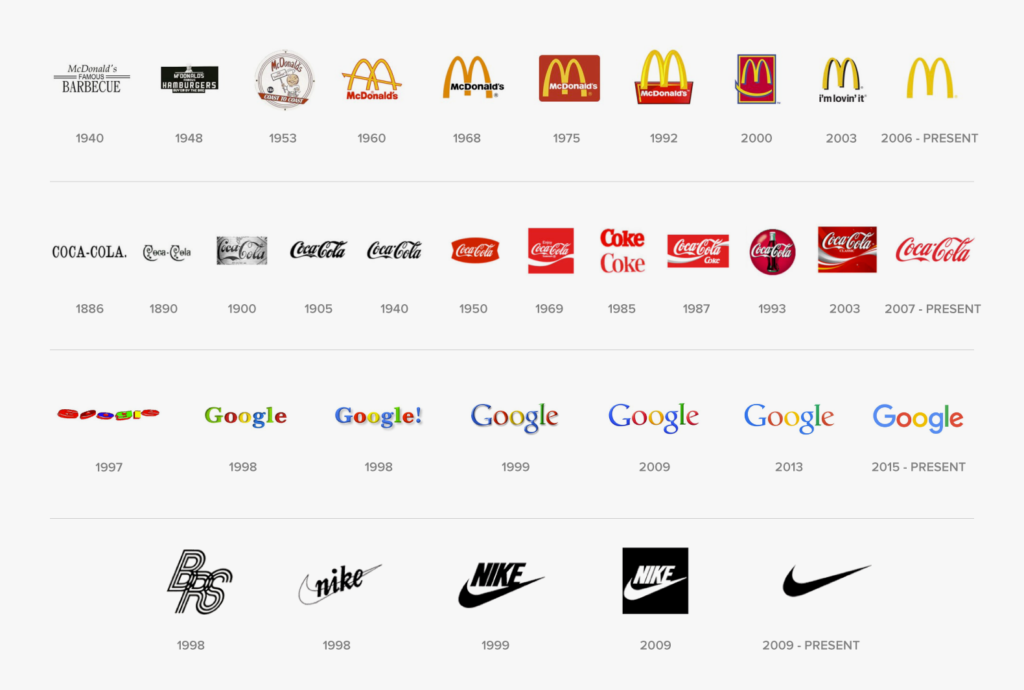
Branding Evolution: Spotify’s Journey to Iconic StatusBranding Evolution: Spotify’s Journey to Iconic Status Spotify, the leading music streaming platform, has undergone a remarkable branding evolution over the years, culminating in its iconic status today. This journey has been characterized by bold rebranding campaigns, innovative marketing strategies, and a deep understanding of its target audience. Early Beginnings: Spotify’s initial branding was relatively simple, featuring a monochromatic logo and a minimalist website. As the platform gained traction, the company realized the need to differentiate itself from competitors. The Green Gradient: In 2013, Spotify introduced its now-iconic green gradient logo. This vibrant and distinctive color not only set it apart from other streaming services but also became synonymous with the Spotify brand. The gradient symbolized the platform’s diversity and the endless possibilities of music exploration. Introducing the Soundwave: The introduction of the soundwave in 2015 further solidified Spotify’s brand identity. This graphic element, representing audio waves, evoked the essence of music and connected with music lovers on an emotional level. User-Centric Branding: Spotify has consistently emphasized a user-centric approach to branding. Its playlists and personalized recommendations tailored to individual tastes have fostered a strong emotional connection with listeners. The platform’s “Wrapped” campaign, which provides users with a personalized annual review of their listening habits, has become a highly anticipated event. Data-Driven Marketing: Spotify has leveraged data analytics to refine its branding and marketing strategies. By analyzing user behavior and preferences, the company has gained valuable insights into target audiences’ needs and desires. This data-driven approach has enabled Spotify to create highly effective marketing campaigns that resonate with users. Collaboration and Partnerships: Collaborations with artists, record labels, and other brands have played a crucial role in Spotify’s branding evolution. Partnerships with artists like Taylor Swift and Drake have not only enhanced the platform’s credibility but also extended its reach to new audiences. Innovation and Expansion: Spotify has consistently embraced innovation to stay ahead of the curve. The introduction of podcasts, live audio, and video streaming has expanded the platform’s offerings and attracted new users. By constantly pushing the boundaries, Spotify has maintained its relevance in a rapidly evolving music landscape. Conclusion: Spotify’s branding evolution has been a masterclass in strategic marketing and design. By understanding its target audience, embracing data analytics, and leveraging innovation, the platform has transformed itself from a mere streaming service into an iconic brand. The green gradient, soundwave, and user-centric approach have become synonymous with the music experience, establishing Spotify as the undisputed leader in the global music industry.
Posted inNews